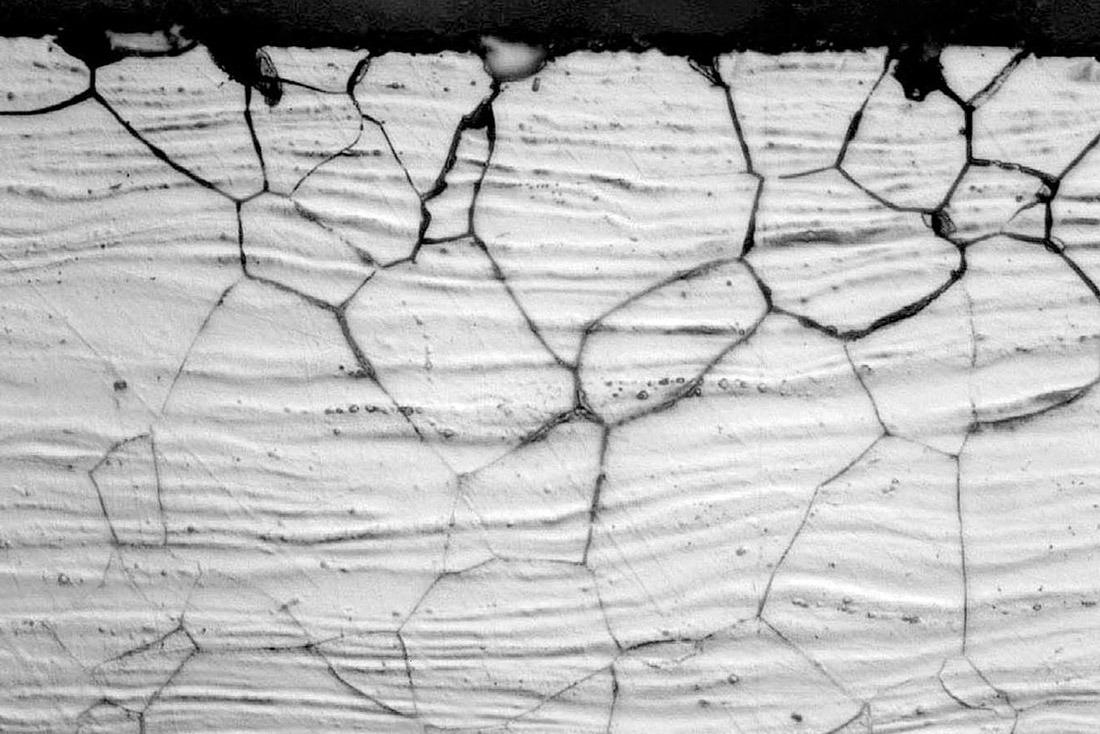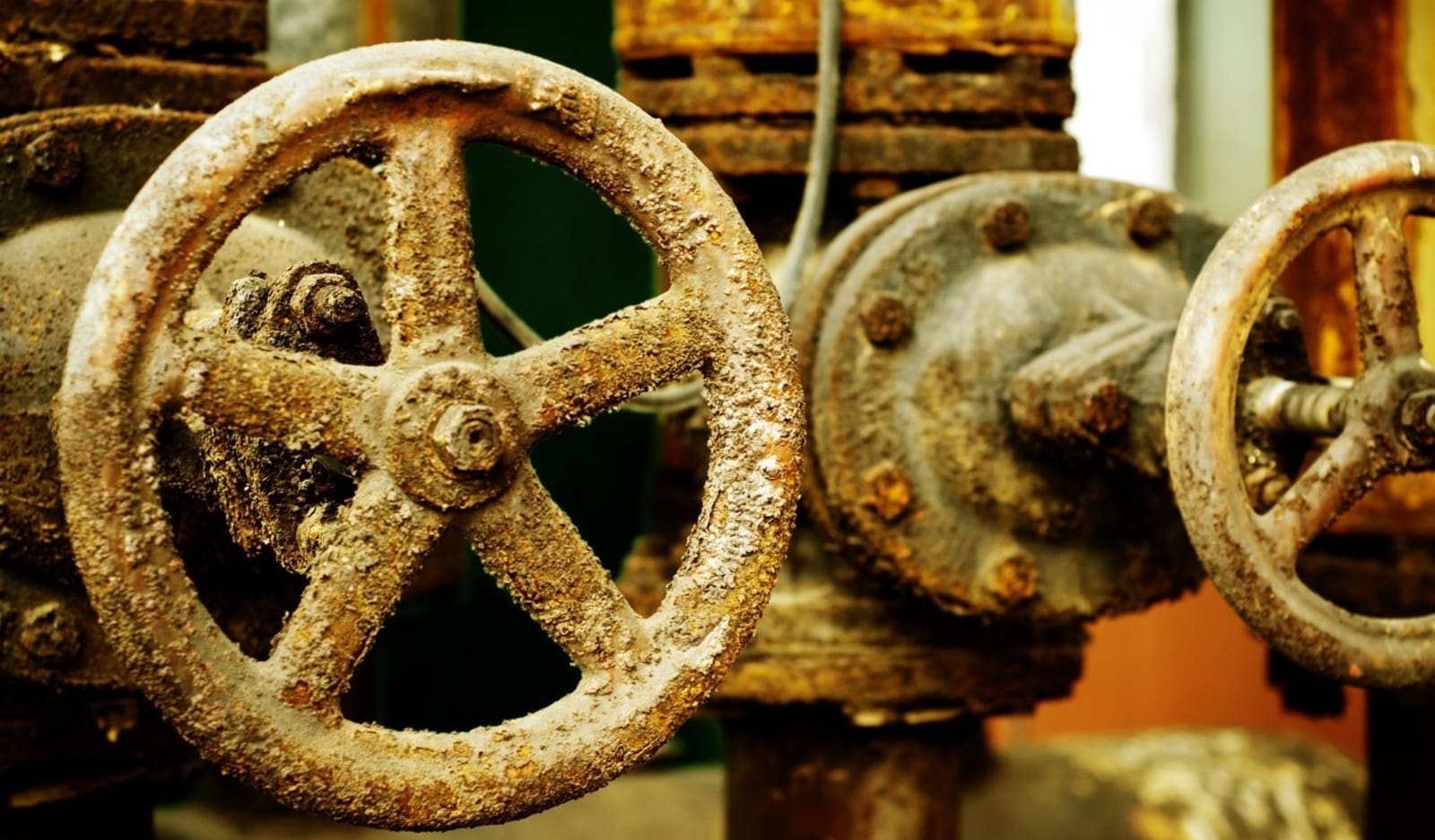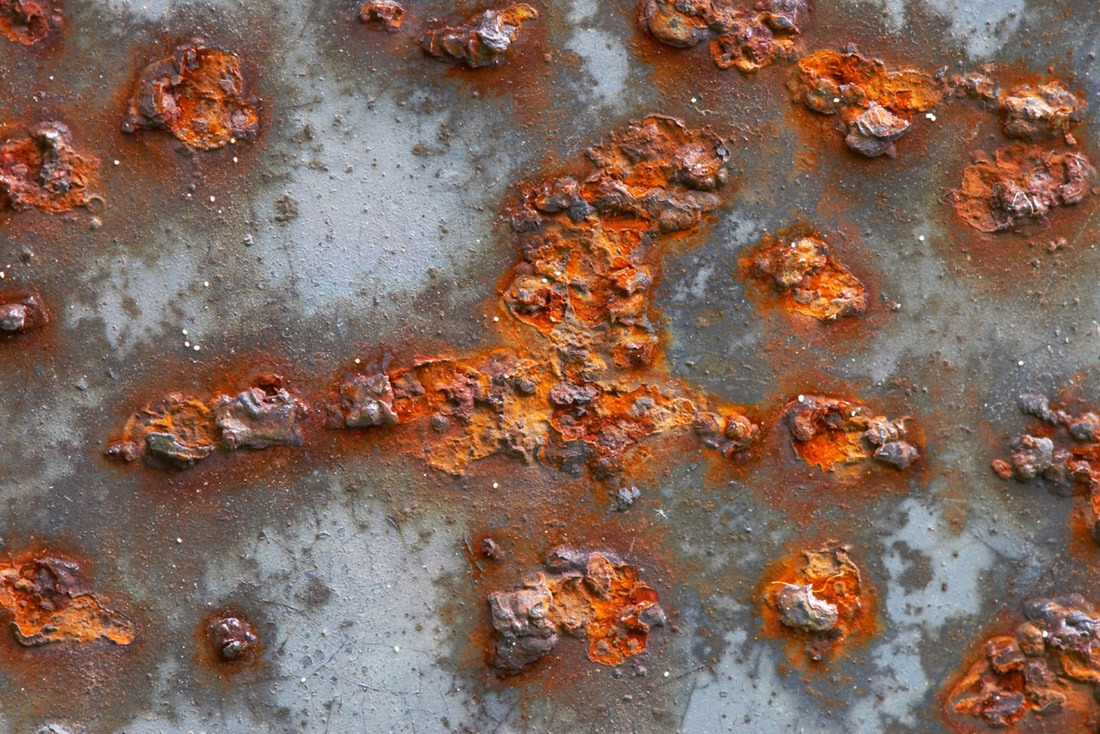Steel is widely considered the most resilient and versatile materials in building and construction. However, for all its strength, steel will eventually rust if its surface is not treated properly.
Steel corrosion can be defined as deterioration due to electrochemical reactions between the metal and its environment. There are different types of corrosion, which are contingent on different environmental factors. One of these is intergranular corrosion.
Intergranular corrosion can wreak havoc on steel sections. Here we take a look at what causes it, and how to protect your steel.
What Is Intergranular Corrosion?
Intergranular corrosion occurs when the boundaries of metal crystallites (or ‘grains’) are attacked rather the surface of the metal. Intergranular corrosion is also known as intergranular attack.
What Causes Intergranular Corrosion?
Metals and alloys have micro-structures that are made up of grains, and these grains have boundaries. Intergranular corrosion is an attack along or near the boundaries of several grains while the rest of the grain remains unaffected. This type of attack is caused by local differences in composition.
When an element in a grain that is resistant to corrosion is lost it creates a condition where the spot becomes an anode with reference to the rest of the grain. Corrosion then occurs along the affected grain boundary and may cause grains to dislodge due to deterioration of the boundary. Intergranular corrosion is referred to as a ‘selective attack’ on the grain boundary.

Types of Steel Surface Treatment
Surface treatment is the most effective way to protect against steel corrosion. Here are some of the most common you will see steel fabricators use:
Hot dipping – This galvanisation method can be used on steel of all shapes and sizes and involves immersing the steel in a bath of molten zinc at temperatures up to 450°C. Steel galvanised in this way is highly protected against corrosion as well as extreme weather conditions and this is a particularly popular approach for pipe related applications.
Zinc phosphate priming – Steel surfaces can be painted with specially formulated primers in order to improve corrosion resistance as well as boost their visual appeal, with one of the most popular applications being zinc phosphate priming.
Chemical coating – This brilliant technique uses electrostatic or compressed air to apply a specially formulated powdered material to the steel surface, following which it is melted to form a smooth protective film. Steel treated in this way is not only protected against corrosion and UV damage, it is also highly resistant to peeling, scratching and cracking.
Zinc spray metallising – While it doesn’t provide quite the same protection as hot dip galvanising, this technique is highly effective against corrosion and is popular for its smooth finish. Because this is a ‘cold process’ there is no risk of distorting the metal, making it ideal for use on ornate metal components such as railings and fences.
Need Help With A Steel Project?
If you have a project in need of steel, whether it’s supply, fabrication, drafting, or installation, talk to the experts at Steel Fabrication Services. Our dedicated team of professionals will ensure that your project goes according to plan right down to the smallest detail. Give us a call today!
While you’re here, learn more about the world of steel below:

